Press the right key for the next slide (or swipe left)
also ...
Press the left key to go backwards (or swipe right)
Press n to toggle whether notes are shown (no equivalent if you don't have a keyboard)
Press m or double tap to see a menu of slides
A Problem
scientific intuitive arguments against the simple view
conflicting evidence: permanence
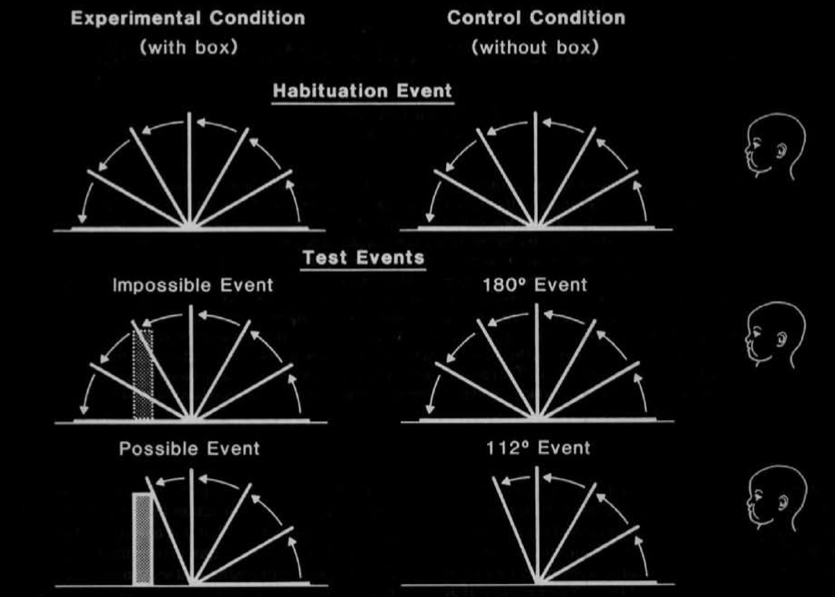
Baillargeon et al 1987, figure 1
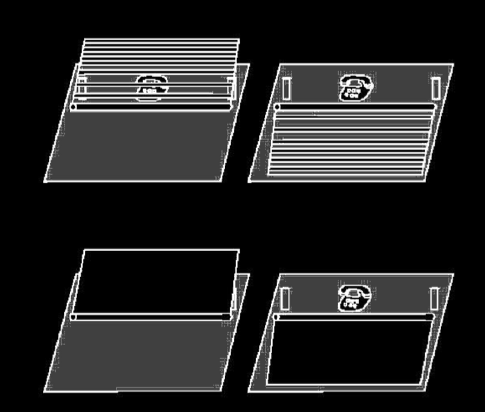
Shinskey and Munakata 2001, figure 1
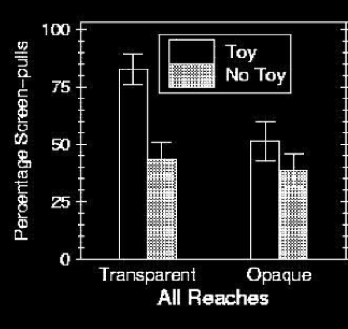
Shinskey and Munakata 2001, figure 2
Responses to the occlusion of a desirable object
- look (from 2.5 months)
(Aguiar & Baillargeon 1999)
- reach (7--9 months)
(Shinskey & Munakata 2001)
‘action demands are not the only cause of failures on occlusion tasks’
Shinskey (2012, p. 291)
conflicting evidence: causal interactions
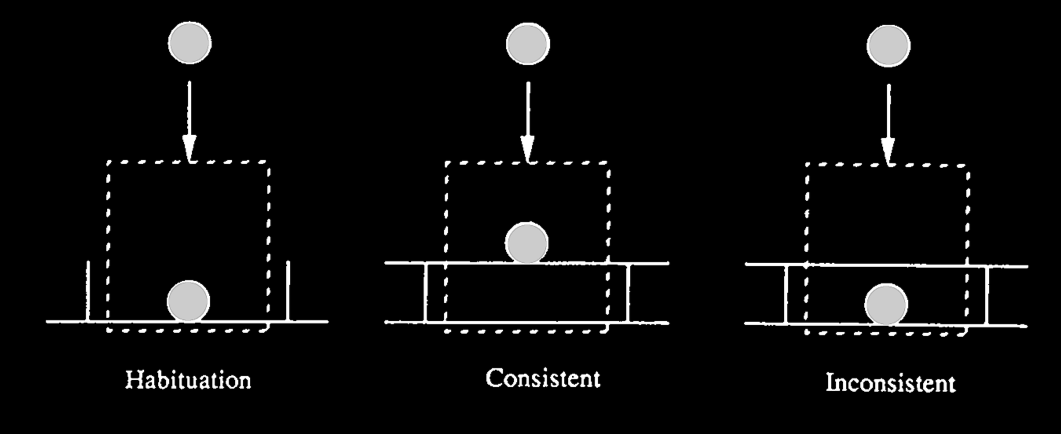
Spelke et al 1992, figure 2

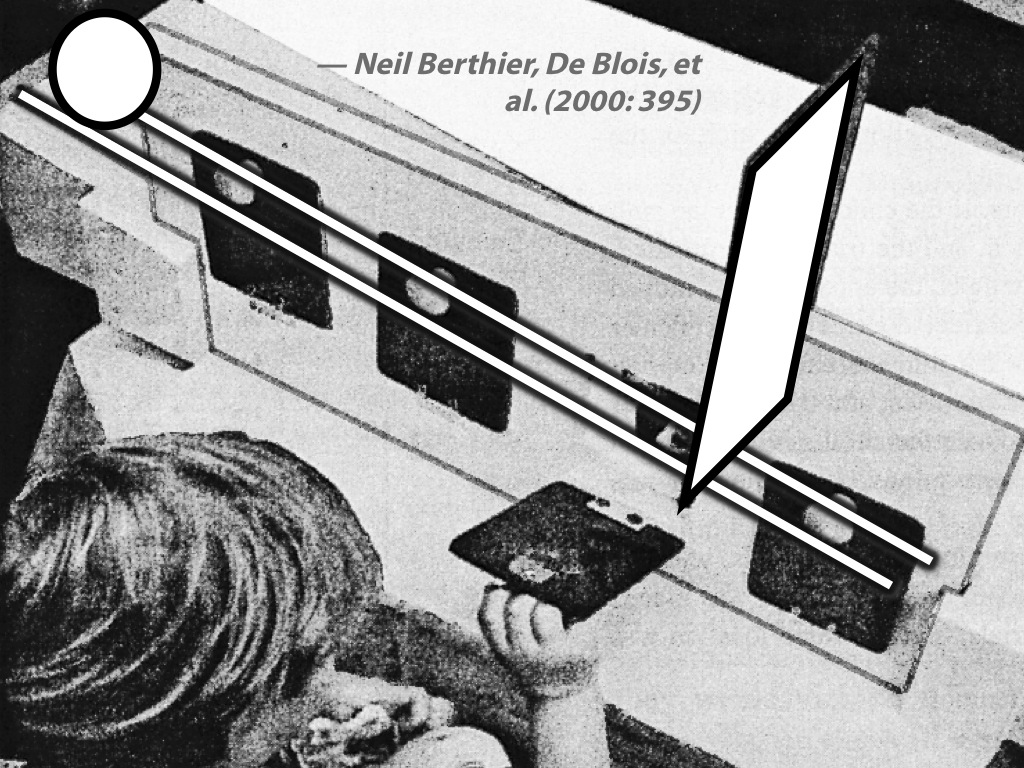
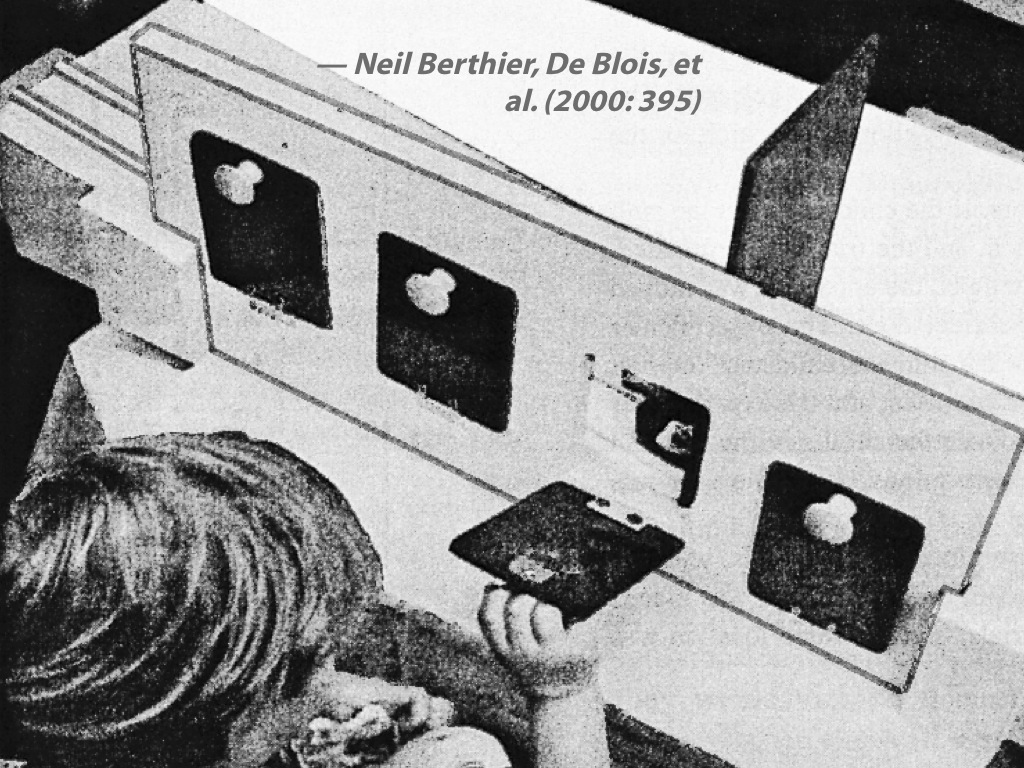
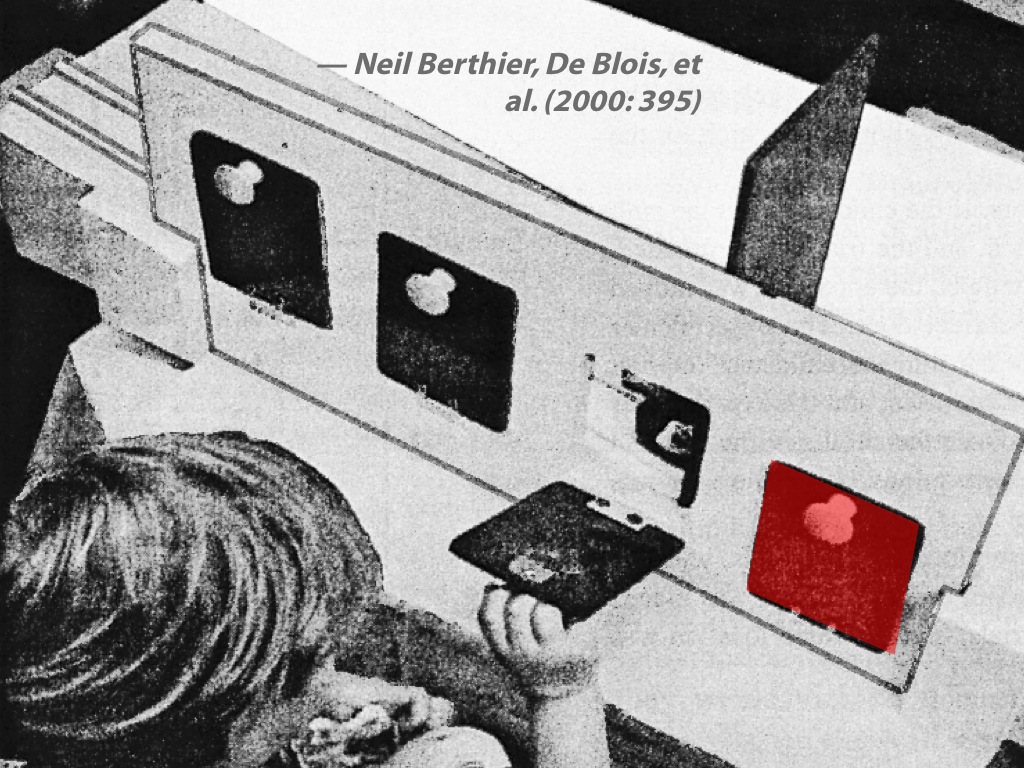
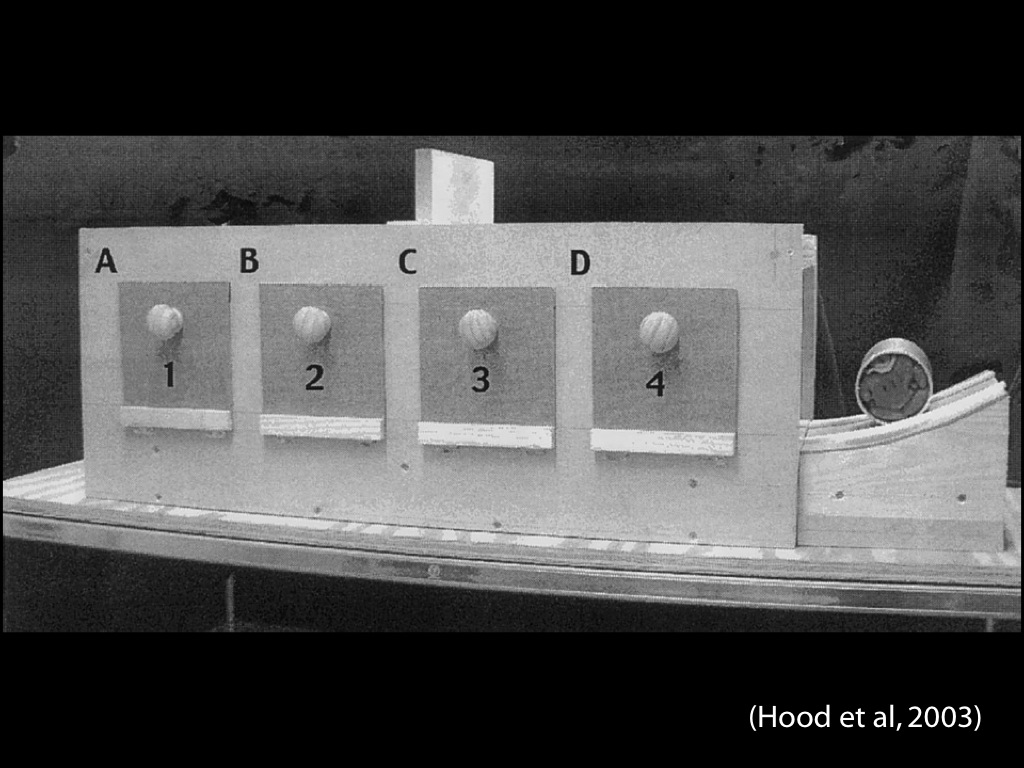
search
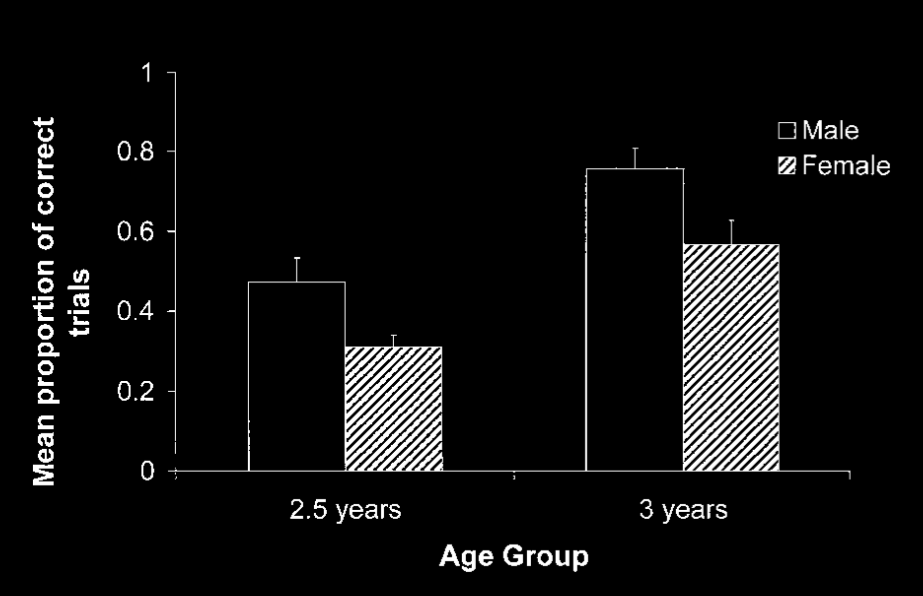
Hood et al 2003, figure 4
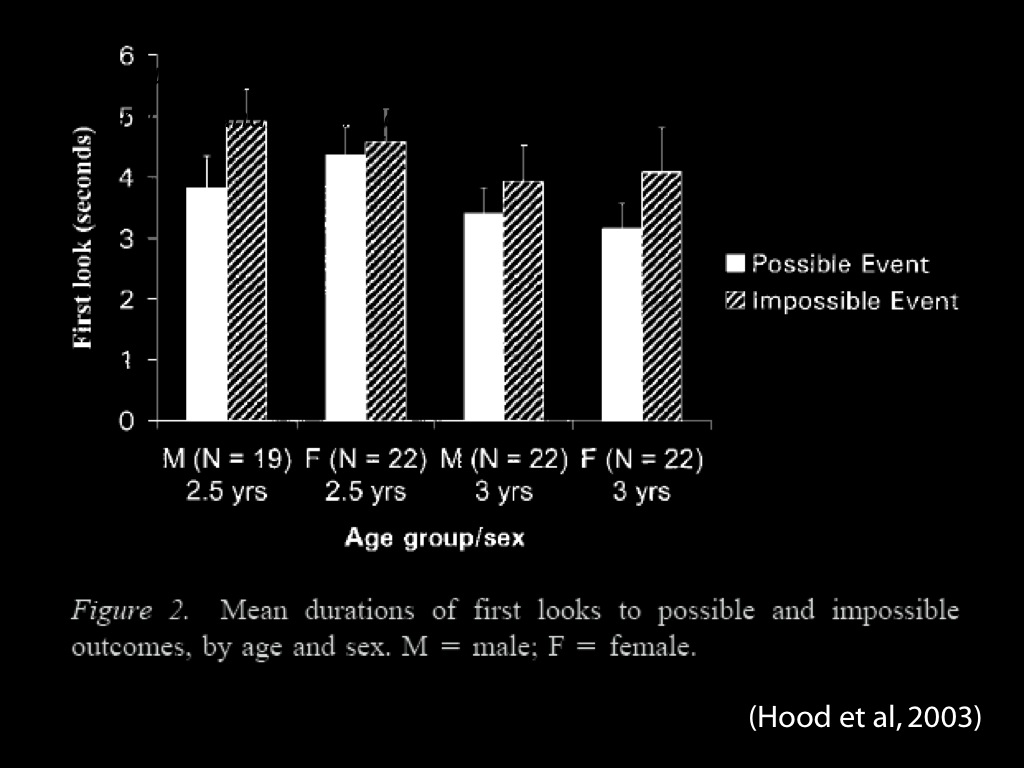
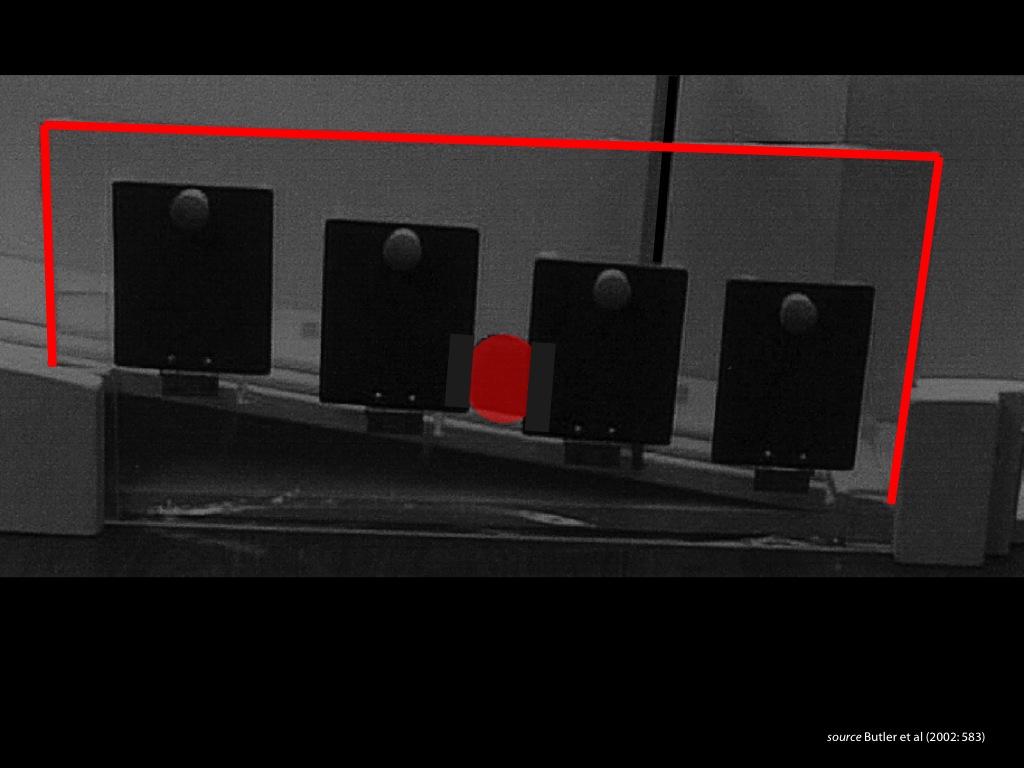
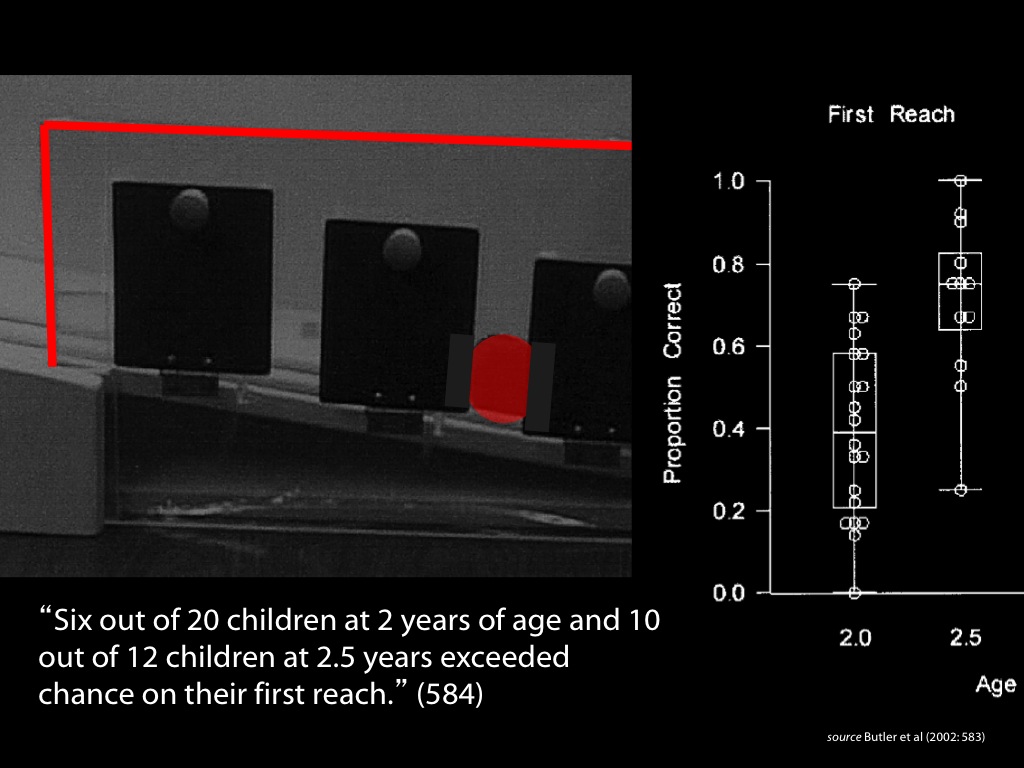
‘A similar permanent dissociation in understanding object support relations might exist in chimpanzees. They identify impossible support relations in looking tasks, but fail to do so in active problem solving.’
(Gomez 2005)
Likewise for cotton-top tamarins (Santos et al 2006) and marmosets (Cacchione et al 2012).
‘to date, adult primates’ failures on search tasks appear to exactly mirror the cases in which human toddlers perform poorly.’
(Santos & Hood 2009, p. 17)
What about the dogs?
conclusion so far: three things
principles of object perception
{
segmentation
permanence
causal interaction
the simple view